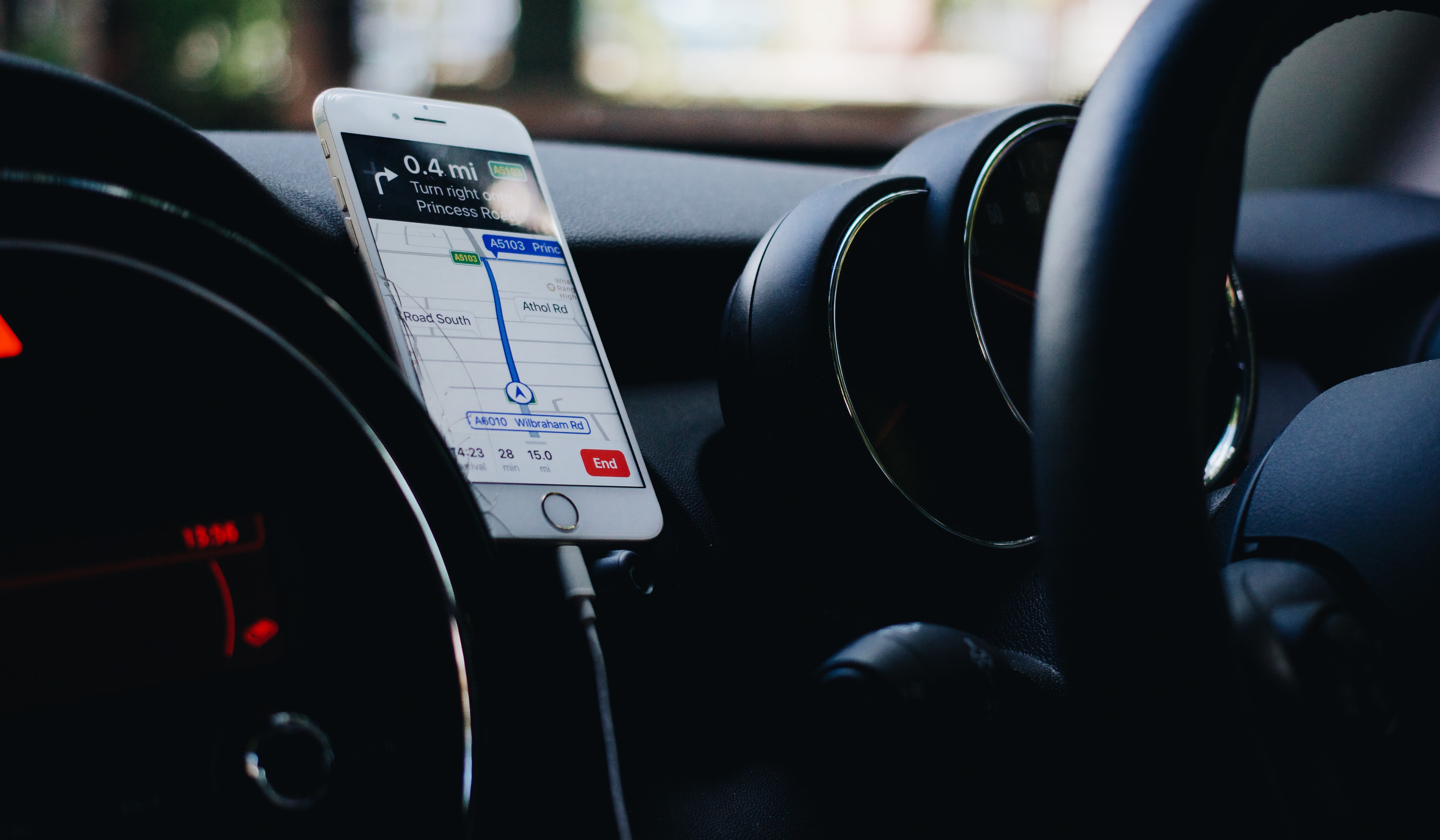Is distracted driving a problem of only young drivers? If you asked me that question a few days ago I would have said yes, but on a recent trip with my adult daughter I learned the problem does not age discriminate.
We were on our way to a new restaurant in the next town over that required directions. My older car doesn’t have bluetooth so I entered our destination’s address into my phone’s map application then positioned it on the console between our front seats, much like a car that had a built-in GPS.
During the drive, I glanced down at my phone a few times to make sure I was following the directions when my daughter began lecturing me about distracted driving. I replied, “I’m not using my phone to talk or text, so it’s fine.” Then I added, “Besides, these are just short glances for wayfinding.” She reminded me that I’d be the one lecturing her if she was doing the same thing. It was then I realized my daughter was right. No matter how experienced a driver I was, distractions of any kind while driving are unsafe.
That evening I looked up the definition of distracted driving. It is the practice of driving a motor vehicle while engaged in another activity, typically one that involves the use of a mobile phone or other electronic device. The statistics about distracted driving are alarming. At least one quarter of traffic accidents are caused by texting while driving. That percentage goes even higher when you factor in other distracted driving practices.
“Most important was the realization that I really was distracted as I was driving and all my years of driving ‘experience’ really had nothing to do with safety.”
All these years, I figured distracted driving was a term used for mostly teens and twenty- somethings who were guilty of texting while driving. Never did I consider that peering at a map or using voice activated (Siri) commands would fall into that category. Since most people have a cell phone and some type of navigation system, the risk of being a distracted driver is greater – no matter the age.

Peter Kissinger, President and CEO of the AAA Foundation for Traffic Safety noted that “distracting events include “latency.” For example, texting while stopped at a traffic light can negatively affect full driving engagement once the light turns green for an average of 27 seconds after you’ve stopped texting. Who would think that almost a half minute after you put your phone down, you’d still be considered distracted?
Even Apple’s Siri, falls into this category. Voice systems can interfere with a driver’s attention for the same amount of time after use. And did you know sending or reading a text takes your eyes off the road for at least 5 seconds. At 55 mph, that’s like driving the length of an entire football field, blindfolded (Distraction.gov).
The bottom line is distracted driving can have consequences and it’s up to you to drive responsibly.
Here are tips to help you drive more safely:
- Turn on features to protect against distracted driving, such as Apple’s Do Not Disturb While Driving setting, these are optional and require the user to turn them on.
- Put your phone on silent when you are in the car – don’t be tempted with vibrate mode.
- Place your phone out of sight.
- Pull over safely if you must take an important call.
We have to lead by example, as my daughter reminded me, and practice what we preach. Stay safe, we have a lot to accomplish in our Act 2.5!

